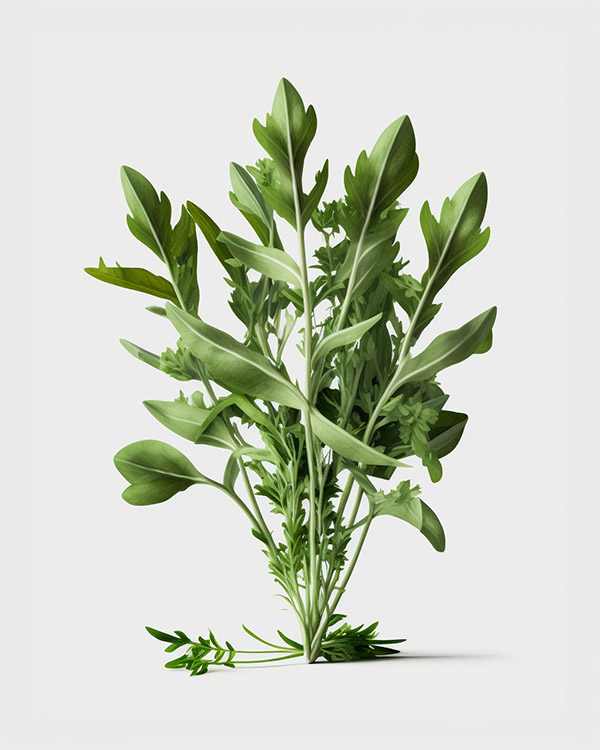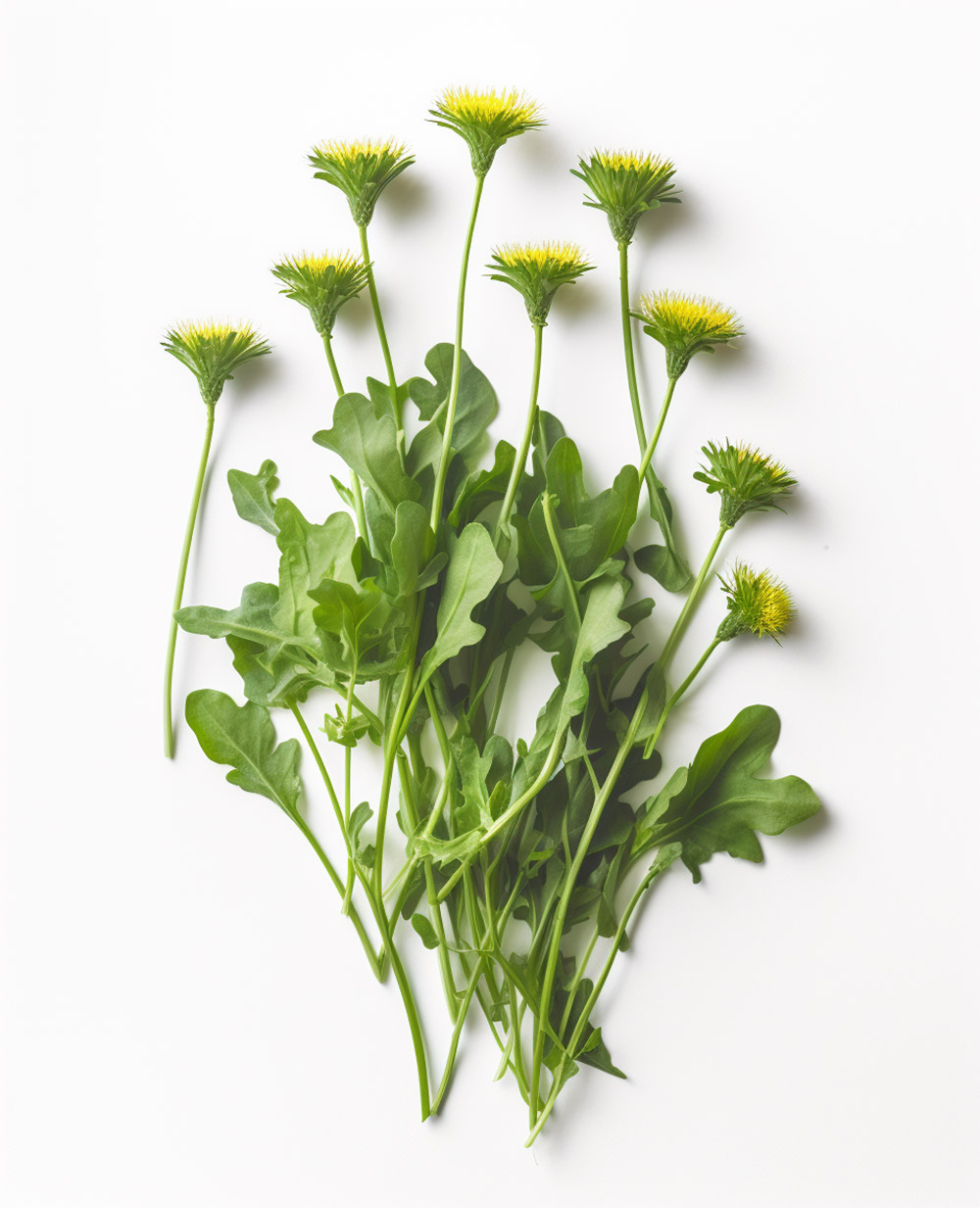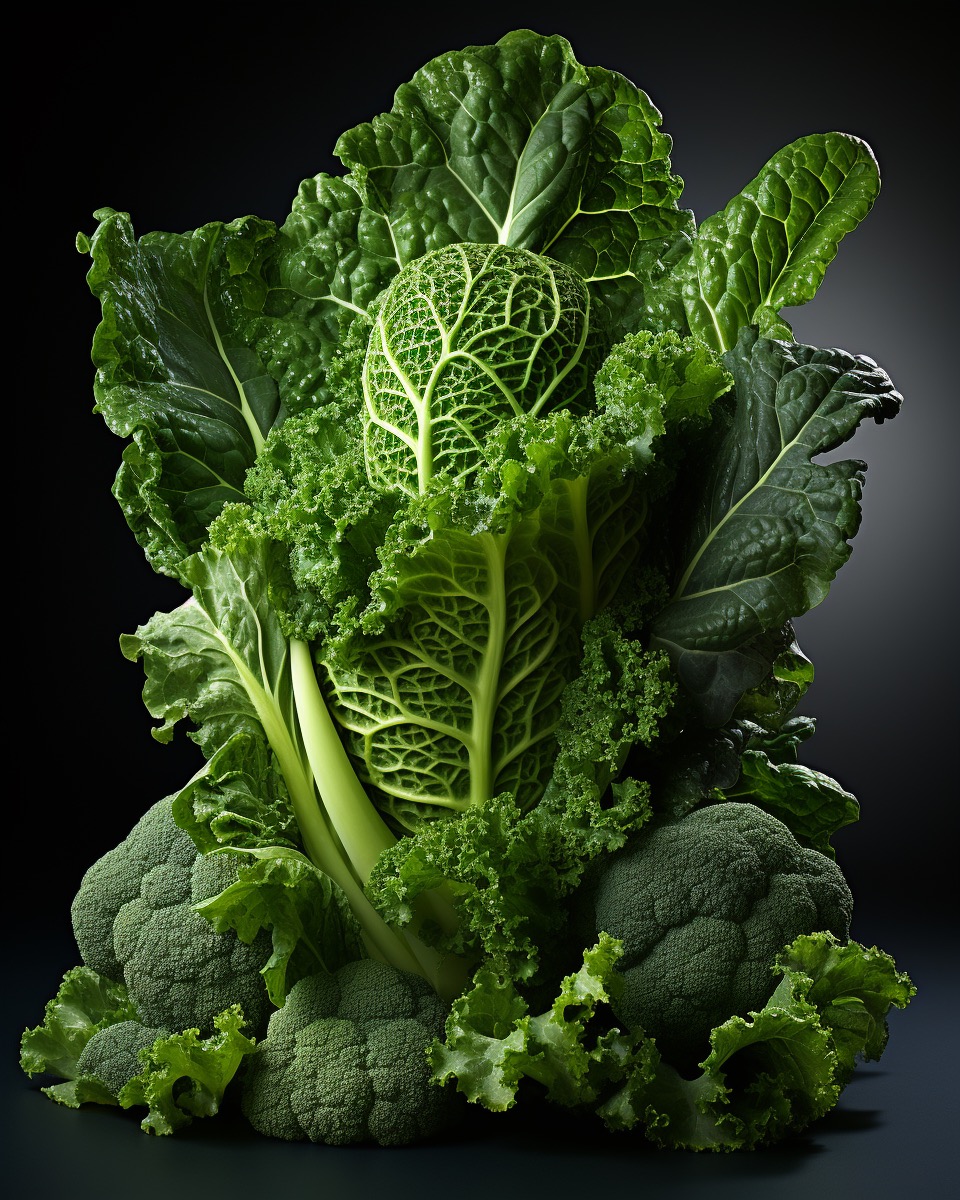Also known as curly endive, chicory, or simply “frisee”, this unique green has a reputation for its frilly leaves and pleasantly bitter flavor. But what if you can’t find frisee in your local store, or you have dietary restrictions or flavor preferences that make you look for an alternative? The good news is, there are plenty of delicious, nutritious substitutes out there! Top picks? Arugula and radicchio, both providing a similarly complex flavor profile and texture to dishes, making them excellent replacements for frisee.
👅 Flavor Profile
Frisee is a member of the chicory family, known for its crispy texture and the slightly bitter flavor that gives salads and other dishes an exciting twist. Its leaves are curly and fringed, ranging in color from pale yellow (in the center) to dark green. The younger leaves tend to be milder in taste, while older leaves can have a strong, almost spicy bitterness. Now, let’s dive into the best substitutes that can mimic this unique flavor and texture.
🔄 The Closest Replacements/Substitutes
Arugula
Taste and Texture: Arugula, also known as rocket, has a peppery flavor that’s slightly less bitter than frisee but still provides a nice kick. It has tender leaves that can offer a similar crunch.
Nutritional Facts: Arugula is packed with vitamins A and C and calcium. It’s also lower in calories, making it a healthier alternative.
Price and Availability: Arugula is usually cheaper than frisee and more readily available in most supermarkets and farmer’s markets.

Radicchio
Taste and Texture: Radicchio is a type of chicory, just like frisee, and has a similar bitterness. It has a robust texture and a vibrant red color that can add visual appeal to your dishes.
Nutritional Facts: Radicchio is rich in antioxidants, fiber, and vitamin K. However, it’s slightly more calorie-dense than frisee.
Price and Availability: Radicchio is often more expensive than frisee and might not be as easily found in some stores.
Escarole
Taste and Texture: Escarole is another member of the chicory family. It’s less bitter than frisee and has broader, less curly leaves. The texture is somewhat similar, especially when it’s raw.
Nutritional Facts: Escarole is rich in vitamins A and K, and also provides a good amount of fiber.
Price and Availability: Escarole is typically cheaper than frisee and is often available in supermarkets year-round.

Belgian Endive
Taste and Texture: Belgian endive, also known as witloof, is a close relative of frisee. It has a mild, slightly bitter flavor and a crunchy texture that holds up well in salads.
Nutritional Facts: Belgian endive is rich in vitamins A, B, and C, and it’s also a great source of fiber.
Price and Availability: Belgian endive is generally more expensive than frisee, but it’s widely available in supermarkets.
Watercress
Taste and Texture: Watercress has a peppery, tangy flavor that can stand in for the bitterness of frisee. Its leaves are smaller and less curly, but it adds a nice crunch to salads.
Nutritional Facts: Watercress is an excellent source of vitamins A, C, and K, and it’s also high in antioxidants.
Price and Availability: Watercress is typically cheaper than frisee and can be found in most grocery stores.
Dandelion Greens
Taste and Texture: Dandelion greens have a strong, slightly bitter flavor, somewhat like frisee. Their texture is a bit rougher, but they can provide a good bite in salads or cooked dishes.
Nutritional Facts: Dandelion greens are a powerhouse of nutrition, rich in vitamins A, C, E, and K, and are also a great source of calcium and potassium.
Price and Availability: Dandelion greens are generally cheaper than frisee and are available in most grocery stores, especially during spring.

Mustard Greens
Taste and Texture: Mustard greens have a spicy, peppery flavor that can substitute for the bitterness of frisee. Their texture is softer, but they can add a nice kick to salads and cooked dishes.
Nutritional Facts: Mustard greens are rich in vitamins A, C, K, and also provide a good amount of fiber.
Price and Availability: Mustard greens are relatively affordable and are widely available in grocery stores.
Kale
Taste and Texture: Kale is less bitter than frisee, but its earthy flavor can serve as a good replacement. It has a more robust texture, especially when raw, but becomes tender when cooked.
Nutritional Facts: Kale is high in vitamins A, C, and K, as well as fiber, and it’s also a good source of calcium and iron.
Price and Availability: Kale is often cheaper than frisee and is widely available in most supermarkets.

Spinach
Taste and Texture: Spinach has a sweet, slightly earthy flavor that contrasts with the bitterness of frisee. It has a softer texture, but can still add some crunch when used raw in salads.
Nutritional Facts: Spinach is loaded with vitamins A, C, K, and folate, and it also provides iron and calcium.
Price and Availability: Spinach is less expensive than frisee and is widely available in most supermarkets.
⤵ Other Substitutes
Chard
Chard is a leafy green vegetable that can be a great substitute for frisee in some dishes. It has a slightly sweet, earthy flavor and a somewhat similar texture. It’s best used in cooked dishes, as it can be a bit tough when raw.
Lettuce
While it doesn’t have the bitter bite of frisee, lettuce can serve as a substitute when you’re in a pinch. Romaine or iceberg lettuce have a crunchy texture that can replace frisee in salads.
Collard Greens
Collard greens are a bit tougher and less bitter than frisee, but can work as a substitute, especially in cooked dishes. They have a slightly smoky, earthy flavor.
Chicory
Chicory leaves are another alternative. While they’re more bitter than frisee, they share a similar flavor profile and can be used in salads or cooked dishes.
🔪 How to Use Frisee Substitutes in Recipes
Salads
Use any of these substitutes in salads to add some crunch and flavor. Arugula, radicchio, and watercress can be particularly good here, adding a bit of spiciness or bitterness to balance out sweet or creamy dressings.
Stir-fries
Greens like kale, mustard greens, or chard can be used in stir-fries in place of frisee. They’ll become tender when cooked and add some color and flavor to your dish.
Soups
Spinach, escarole, or chard can be added to soups towards the end of cooking. They’ll provide a burst of green color and a slightly bitter flavor that can complement the other ingredients.
Sandwiches
Instead of frisee, try using lettuce, arugula, or watercress on your sandwiches. They’ll add some crunch and a bit of peppery or bitter flavor.
Pizza Topping
Arugula, radicchio, and even dandelion greens can be added to pizzas after baking for a fresh, bitter contrast to the rich cheese and sauce.
💡 Tips and Guidance
When using these substitutes in your recipes, keep in mind that the flavors might be slightly different, so it’s a good idea to taste as you go.
Also, remember that some of these greens, like kale or chard, can be quite tough when raw, so they’re best used in cooked dishes. On the other hand, arugula, radicchio, watercress, and lettuce can be used raw in salads or added to dishes at the last minute to preserve their crunch.
Finally, don’t be afraid to mix and match these frisee substitutes to create your own unique combination of flavors and textures. With these substitutes at your disposal, the world is your oyster, or rather, your salad bowl!
